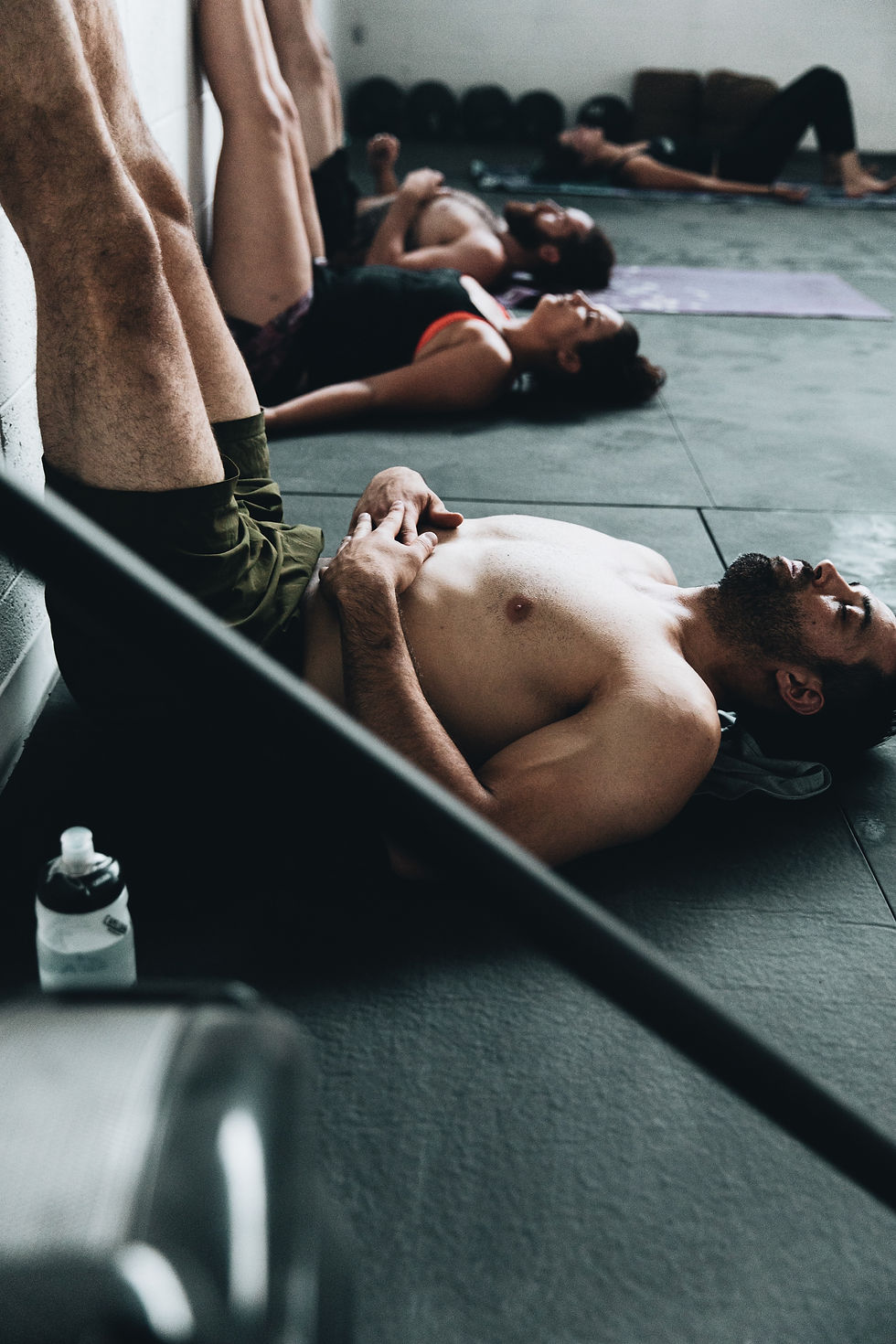When Too Much is Bad: The Case for Rest in Your Workout Routine
- Trainers Spot

- Jun 25
- 3 min read

If you've ever thought, “The more I work out, the faster I’ll see results!” — you’re not alone. In fact, it's a pretty common mindset, especially among those who are excited to get fit, lose weight or crush personal goals. But here's the plot twist: doing too much exercise without proper rest can actually backfire on your body, your mind, and your goals.
So let’s talk about overtraining, the importance of recovery, and how to strike that magical balance between just enough and way too much.
What Happens When You Overdo It?
More sweat doesn’t always equal more success.
When you push your body too hard without giving it a chance to recover, it can lead to a condition called overtraining syndrome (OTS). Symptoms might include:
Chronic fatigue
Decreased performance despite increased effort
Mood swings or irritability
Difficulty sleeping
Weakened immune system (hello, frequent colds!)
Persistent muscle soreness or even injuries
Your body doesn’t get stronger while you’re exercising — it gets stronger while it recovers from exercise. Think of workouts as the "stress" and rest as the "repair." Without that repair time, you’re just stacking stress on top of stress. And eventually, your body starts waving a little white flag.
Rest Days: Not Lazy, Just Smart
It might sound counterintuitive, but rest days are part of your training. Taking one to two days a week off (or more, depending on your intensity) helps:
Repair muscle tissue
Prevent burnout
Replenish glycogen stores
Reduce injury risk
Keep your mental game strong
Not all rest days look the same. Some are full-on “do nothing” days (yes, Netflix counts). Others are active rest dayswhere you might go for a light walk, do some yoga, or stretch it out. The key is letting your body rebound from the work you’ve been putting in.
So, What Is a Balanced Workout Routine?
A balanced routine works with your body, not against it. Here’s a sample weekly layout that includes different types of movement and rest:
Monday: Strength training (upper body)
Tuesday: Cardio (e.g., cycling, running, dance class)
Wednesday: Rest or active recovery (gentle yoga or walk)
Thursday: Strength training (lower body)
Friday: High-intensity interval training (HIIT) or cardio
Saturday: Mobility work or fun movement (hike, swim, play sports)
Sunday: Rest
This rotation ensures you’re not pounding the same muscle groups every day and that you’re mixing up intensity levels — which actually helps you progress faster.
Signs You’re Overdoing It
Not sure if you’re working out too much? Listen to your body — it’s smarter than any fitness app. Here are some red flags:
You’re always tired, even after a full night’s sleep.
Your performance is declining, not improving.
You dread workouts that used to excite you.
Your resting heart rate is unusually high.
You’re constantly sore, or that one nagging injury won’t heal.
You’re moody or anxious more often than not.
If this sounds like you, it might be time to take a break — or at least scale things back.
The Psychology of Pushing Too Hard
Let’s get real — sometimes we overdo it not because we want to be Olympians, but because we feel guilty not working out. Social media can trick us into believing we need to “earn” rest days or that if we’re not grinding 24/7, we’re slacking.
But sustainable fitness isn’t about punishment. It’s about consistency, health, and joy. You want a routine you can maintain over the long haul, not something that leaves you broken after six weeks.
Balance is Where the Magic Happens
You don’t need to choose between couch potato status and beast mode. The sweet spot lies somewhere in the middle — a routine that challenges you, yes, but also nurtures you. Think quality over quantity.
Your rest days aren’t getting in the way of your gains — they are your gains. So next time you’re tempted to skip recovery, remember this: champions are made not just in the gym, but also on the couch, foam roller, and in that glorious Sunday nap.
Your body will thank you — and perform better, too.







Comments